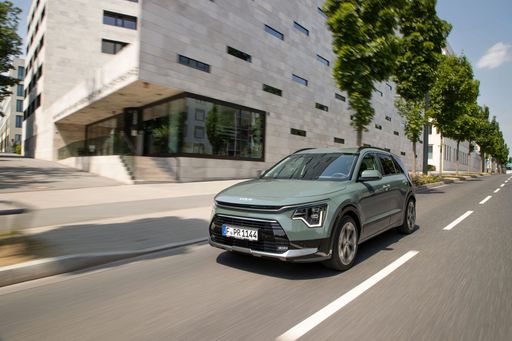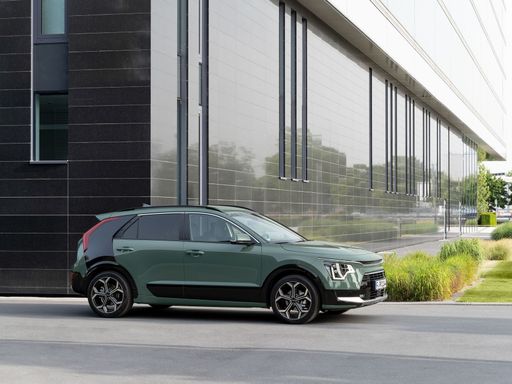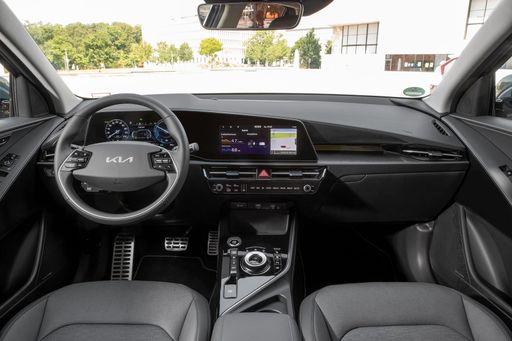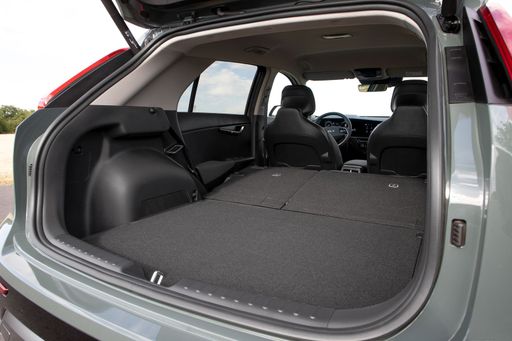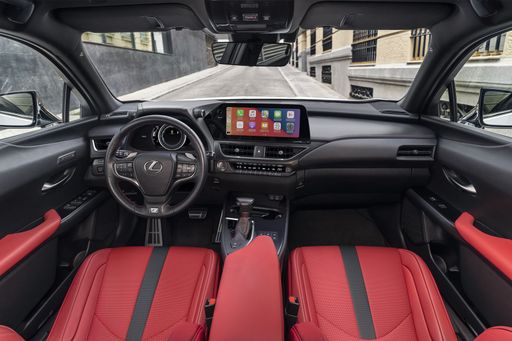The Clash of Hybrid Titans: Kia Niro vs. Lexus UX
In the ever-evolving world of automotive innovation, hybrid SUVs have carved a notable niche, combining eco-friendliness with impressive performance. Among the frontrunners in this segment are the 2024 Kia Niro and the 2023-2024 Lexus UX. Both vehicles embody unique strengths and subtle nuances, making for an intriguing comparison.

